How and how to feed the host?
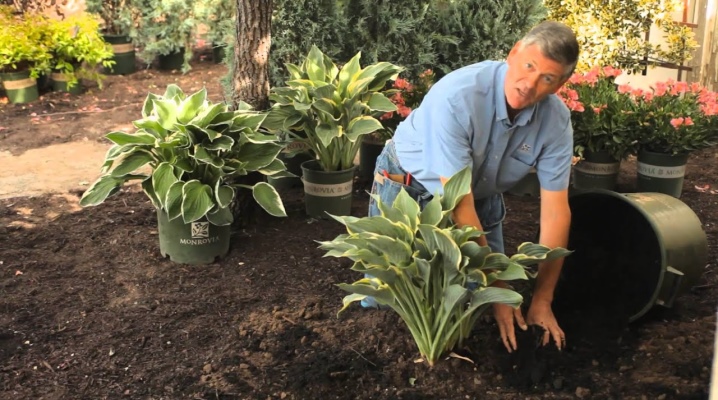
Hosta is an unpretentious plant, but it will create better foliage and will delight you with the brightness of flowering on richer soil. Loamy soil is an ideal option for growing it, but any other soil can be easily brought to an optimal state due to additives, enriching the site with microorganisms, minerals, and other nutrients.
Why do you need to fertilize
The variety of soil always affects the health of the plant. And timely feeding will ensure the favorable growth of the hosts for more than 20 years. In good conditions, it becomes more beautiful every year, showing volume in flowering and greater brightness in the leaves. For a lush bush, it is enough to observe the timing of fertilization and a number of agrotechnical rules.
Watering is an integral part of top dressing. It is important to keep the soil moist, since the hosta's root system is practically at the surface of the earth.
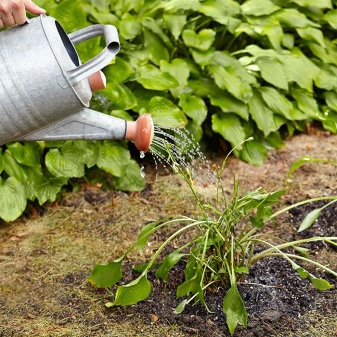
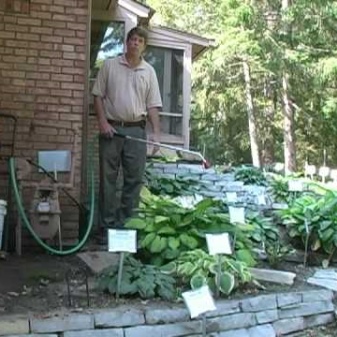
And also such a procedure as mulching is important. It is proposed to carry out it in two stages: in spring before flowering, in autumn after cleaning (pruning) procedures.
Some gardeners do not pay attention to the intricacies of agricultural techniques, but true connoisseurs of ornamental plants will not miss the "little things", because sometimes it is in them that the secret of growing beautiful flowers. Fertilization rules for hosts also have their own characteristics.
The ultimate goal of these works should be the presence of an optimal drainage layer, fertile soil, which contains humus, various microorganisms and mineral components. And as a result - rapid growth and formation of a beautiful leaf rosette.
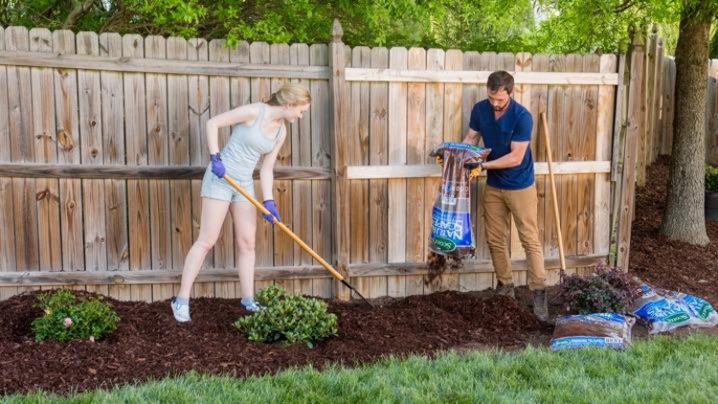
Timing and frequency of feeding
When applying fertilizers, it is necessary to take into account the climatic conditions in which the plant grows, as well as its variety. For to get a beautiful healthy plant, hostas start feeding from March-April... The enrichment of the soil in the spring promotes the formation of the plant organism, and the summer dressing strengthens the hosta. There are general rules for fertilization.
In the spring, as soon as the snow melted, the hosta is fed with peat compost and humus. The mixture is poured shallowly at the root.
Throughout the spring and partly in June, minerals are added in a liquid solution at intervals of 15 days. Their number must be calculated taking into account the volume and age of the bushes.
In June, mulch from manure is added to the soil; fertilizers containing nitrogen can also be applied.
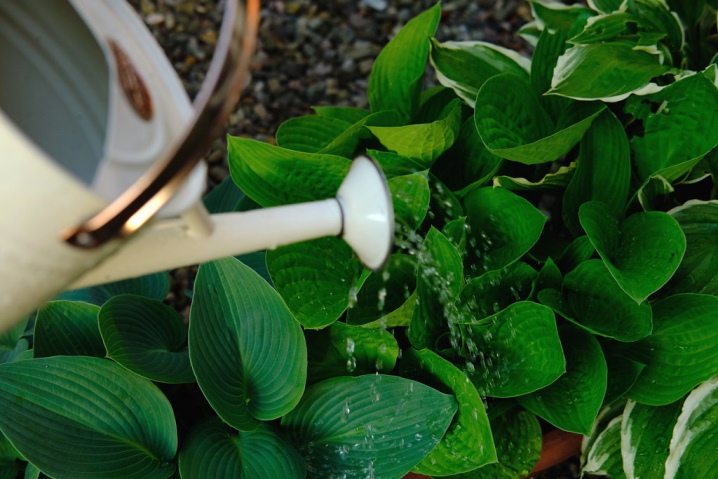
In August, it is necessary to enrich the soil with mineral fertilizing, which will include potassium and phosphorus. This is necessary to strengthen the roots in order to successfully overwinter. Such feeding must be done at least until August 20, otherwise the host will not have enough time to gain strength before winter. With this in mind, some gardeners take action at the end of July.
Each gardener determines the feeding schedule independently. In different situations, an individual approach is needed.
Young plants, if they were planted according to all the rules, including those with the necessary substances, may not need fertilizers for 2-3 years.
Weakened plants are recommended to double the amount of nutrients.

Fertilizers used
At the beginning of the growing season, the host needs to be enriched with organic matter, which will give an impulse for growth, form a strong immunity in the plant, and it will be able to overcome various diseases and will not suffer from pest attacks. Fertilizers are needed to solve the following tasks:
- increase soil fertility;
- so that the plant grows in comfortable conditions;
- creating the basis for lush foliage.
The host loves organics, but feeding should not be limited to just this group.
The plant also needs a mineral complex, so the diet should be varied.
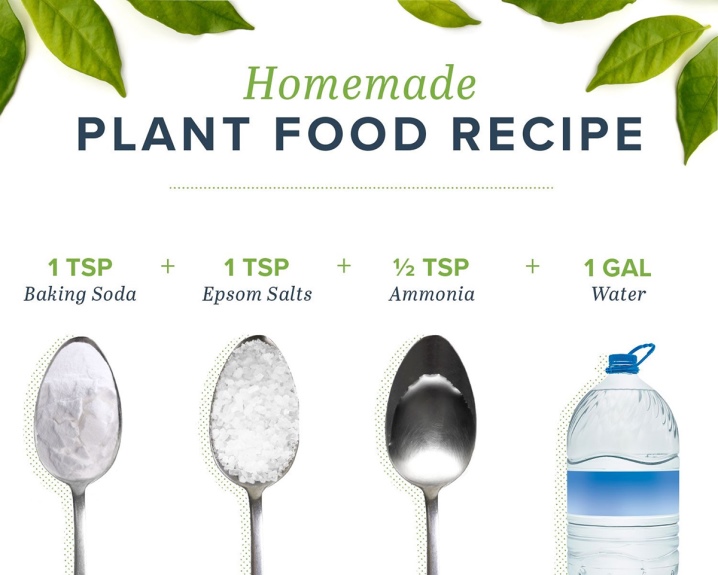
Organic matter
Biological fertilizers create conditions for the development of microorganisms in the soil, which, in turn, affect the enrichment of the soil with oxygen and moisture - all this is necessary for the vital processes of the bushes. Organic matter includes:
- used compost;
- fallen leaves, straw, bark, peat;
- stale manure;
- rotten hay and the remains of needles.
A mixture of these organic substances with earth is poured into the planting pits, and then the soil is mulched around the bushes. This serves as both nutrition and protection of the roots from the cold.
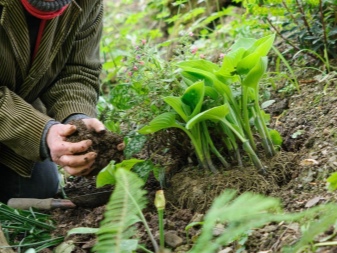
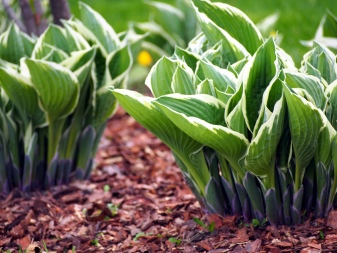
Fertilizers with mineral composition
Granules for dissolving in liquids contain essential trace elements such as sodium, nitrogen, potassium, phosphorus. Fertilizing with minerals is carried out from April 15, in late May and early June, in July. Gradual soil enrichment is necessary for the growing season.
Mineral fertilizers are introduced into the moistened soil; for this, before such feeding, abundant watering is performed or waiting for precipitation in the form of rain. With this approach, nutrients are absorbed faster into the root system.
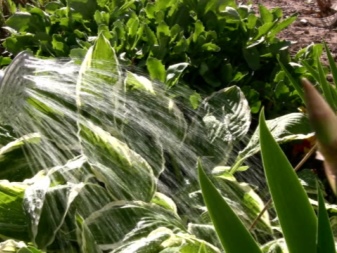
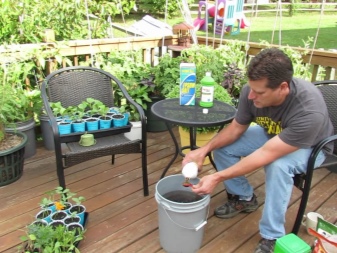
Complex fertilizers
Complex formulations for soil enrichment contain a balanced composition of the necessary components that affect various processes: growth, leaf formation, flowering. This is the best option, it is available in various forms and is selected depending on the purpose.
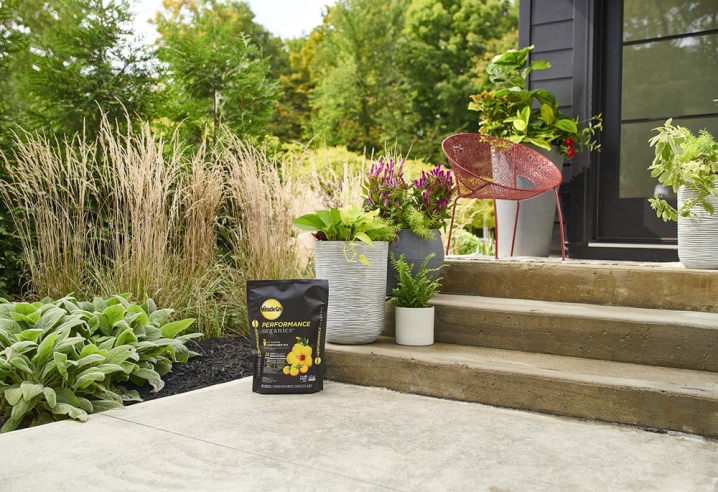
Folk remedies
Hosta feed is easy to make yourself. During the autumn pruning, branches and fallen leaves are collected and burned. The remainder of the fire will be the basis for enriching the soil: 300 grams of ash is dissolved in 10 liters of water.
Infusion is watered at the root of the plant, and this place is covered with dry soil. Ash obtained by burning branches and leaves contains potassium and calcium. The alkaline environment of ash has a beneficial effect on the soil. The malicious pests of slugs will also escape from it - it is enough to spray this natural component on the area with plants.
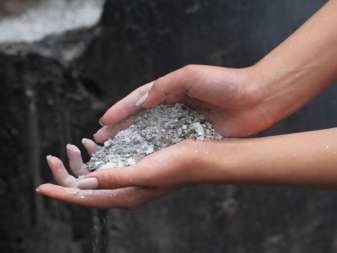
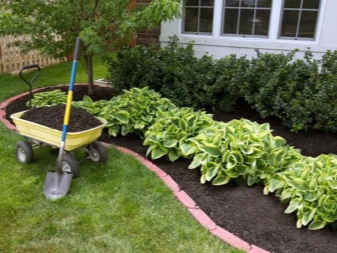
How to feed properly
Mineral and organic fertilizers are applied after the soil is moistened. There are a few more important points to consider before feeding the host:
- more than 50% of useful components are given to the plant and soil until mid-summer;
- fertilization plan is drawn up taking into account the condition of the land and plants;
- the priority for hosts is organic, it is also used for mulching, but at the same time it must be remembered that many organic components attract pests;
- an excess of minerals and other fertilizers will harm the host, therefore, the dosages indicated in the instructions must be observed.
Let's imagine two methods of fertilizing.
- Root dressing will protect the buds and foliage from direct chemical action of the components. Complex substances in granules are dissolved in the spring and introduced after loosening into the root part of the bush. The prepared solution is dosed absorbed, so the maximum effect is achieved.

- During foliar feeding, the leaves are carefully processed for their best growth. The plant is sprayed from all sides with special preparations. But it should be remembered that this procedure is not suitable for all types of hosts. During this treatment, the protective wax layer is removed from the leaves.
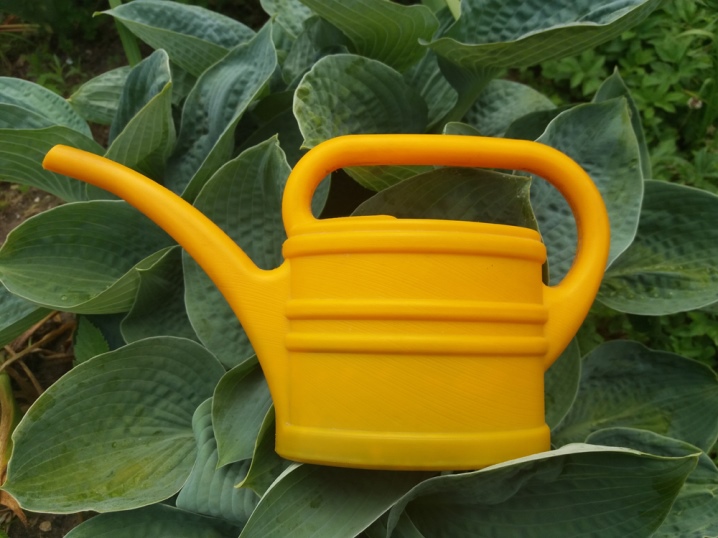
Any soil, if fertilized, can be brought into optimal condition for the growth of hosts. Adult specimens will need substantial feeding at least twice a year. In other cases, it all depends on the state of the plant.
How and how to properly feed the host is described in the video.







































































































The comment was sent successfully.